All hail to Overlord! No campaign in World War II has received more attention from American historians than the D-Day landings on June 6, 1944. The drama of the largest amphibious invasion of all time; the uncertainties of the "far shore;" the heroism of the fight on the beaches: it's been an irresistible topic for authors, and they have churned out a mountain of good books. Here are my 10 favorites.
BOOKS BY US:
My first two books are from the home team. I apologize for that.
No, I don't. The Normandy campaign was more than a military campaign. It was a moment of world historical importance, when the British Empire began to recede and the American empire replaced it in prominence. That's why anyone seeking to understand D-Day should begin with the memoirs of the supreme allied commander, Dwight D. Eisenhower (Crusade in Europe, 1948), along with those of his most important subordinate, Omar Bradley (A Soldier's Story, 1951). Eisenhower offers the classic account of the campaign. For the most part, it reads like a CEO discussing a successful business venture—a good description of Ike's role. But Chapter 23, "Operation Study," is worth the price of the book, with the future president of the United States pondering the destruction wrought by atomic and conventional bombing alike. It was, Ike wrote, a "faint warning of what future war could mean to the peoples of the earth."
Bradley's account, like its author, seems unaffected and homespun on the surface. Dig deeper, and you'll see that Bradley knew the value of fame in American society. This "ordinary soldier" was also a wily and ambitious general, anxious to remind posterity that he was responsible for the success of the Normandy campaign plan and jealous of anyone else who might be claiming a share of his glory—the British Army in general and Field Marshal Bernard Law Montgomery in particular come in for their fair share of fire here. So does General George S. Patton, Bradley's commander in Sicily and his subordinate in Normandy. Together, these two books are an indispensable snapshot of the US Army on its rise to global power.
BOOKS BY THEM:
The trouble with many American books on D-Day is that they treat the Germans as bit players or ignore them altogether. You don't need to learn German to avoid that trap. Just read two books, both available in English translation. Start with Hans Speidel, Invasion 1944 (1950). Speidel was Chief of Staff to Field Marshal Erwin Rommel, whose Army Group B had the task of defending the Western Europe against an Allied invasion. Since American and British authors tend to stress the difficulty of the landing, it can be useful to consider the German point of view, the difficulty of defending such a vast stretch of coastline with an inadequate number of divisions. Speidel's account of the command conferences at Margival (June 17) and La Roche Guyon (July 5) are among the most important documents of the era. The former saw Hitler, Rommel, General Alfred Jodl and Field Marshal Gerd von Rundstedt hashing out the operational possibilities of the front, only to be interrupted by Allied air attacks. Huddling in an air raid shelter, Hitler admonished Rommel not to worry about the course of the war, but only "your own invasion front." The latter was a stormy session in which Field Marshal Walter Model accused Rommel of depression and defeatism. Rommel, needless to say, was not amused.
Then take a step down the ladder of command with Hans von Luck, Panzer Commander (1989). Luck wasn't involved in many Führer conferences. He was a fighter, a muddy boots colonel living in the field. Overlord saw Luck's reconnaissance unit battling it out with the British 6th Airborne Division for Pegasus Bridge and the Orne bridgehead. He was again in the thick of the Normandy fighting during the British break-out attempt south of Caen, Operation Goodwood, and Panzer Commander gives a vivid account of what it was like to be on the receiving end of an Allied carpet-bombing, with 62-ton Tiger tanks blown in the air and landing upside down. He also relates an exciting moment in which he had to draw his pistol at a Luftwaffe officer in charge of an 88mm Flak battery in order to get the big guns used as antitank weapons. For a you-are-there insight into the German army at war in Normandy, Luck is your Mann... er, man.
THE USUAL SUSPECTS:
Like every great historical event, D-Day generated a group of what we might call "standard histories." They are the books that everyone interested in the campaign should read, forming a kind of common vocabulary and an accepted narrative. Three books stand out as standards. Cornelius Ryan, The Longest Day (1959) was the earliest and still in many ways the best, based on over 3,000 interviews with eyewitnesses or participants. Part of his trilogy on World War II (along with A Bridge Too Far and The Last Battle, it stands out for its tight focus on June 6 itself, rather than a broader take at the entire Normandy campaign. It also served as the inspiration for one of the greatest war movies of all time, also "The Longest Day" (1962).
Where Ryan specializes in atmosphere and gritty tales of men at war on that fateful day, Carlo D'Este, Decision in Normandy (1983) offers the months of planning, controversy, and inter-Allied bickering the preceded the landing. It is absolutely essential for the operational details of the landing, the tough fighting in the Normandy bocage, and the Allied breakout in Operation Cobra. When it comes to campaign analysis, D'Este is the top of the heap.
Max Hastings, Overlord (1984) splits the difference between the other two, providing a detailed operational and tactical account along with a sensitive eye to the human side of combat. It is Anglocentric, a refreshing change from much American literature on the campaign, and takes special delight in knocking the fighting qualities of the US Infantry ("a wastebin for men considered unsuitable for any other occupation"). All three books are excellent in their own way, and you might want to flip a coin in choosing which one to read. Or keep the coin in your pocket and read all three.
NEW KIDS ON THE BLOCK:
Unlike many other historical topics, World War II continues to grow in popularity and reader interest. New books are appearing on D-Day all the time, and we'll soon have to reappraise the list of standard histories included above. Antony Beevor is one of the finest British historians writing today, and his D-Day: The Battle for Normandy (2009) combines a gripping style, an eye for terrain and operational detail, and perhaps most distinctively, a discussion of what happened to the French civilian population caught in the crossfire of a massive mechanized battle taking place in their own backyard.
And from the United States, the inimitable Rick Atkinson recently set the seal on one of the great works of American historical literature, The Liberation Trilogy, by publishing The Guns at Last Light (2013). While his scope is vast—the entire war in Western Europe, 1944-45—the first hundred pages or so place the invasion at the center. Atkinson does not break new conceptual ground so much as he composes stirring and rhythmic prose that, perhaps for the first time, does justice to the gravity of the campaign. It seems no exaggeration to say that he does for World War II what Homer did for the Trojan War.
AND THE WINNER IS...
The best book on D-Day is Russell E Weigley, Eisenhower's Lieutenants (1981). Weigley was the dean of American military historians in his day, author of The American Way of War (1973) and numerous other works, and here he gives the D-Day landings and the following campaign as complete a treatment as you could want. It is the director's cut. Rather than narrate and rehash, Weigley analyzes and argues and never shies away from controversy. He spends much of the book contemplating not the triumph, but the problems of the US war effort in Europe: the decision to carry out this vast campaign with an army of just 90 divisions; the inadequacy of US tanks and armor doctrine; and the American soldier's lack of aggressiveness in the assault. Sure, it is possible to take issue with some of his points, and a lot of people have, but no one has yet managed to demote Eisenhower's Lieutenants from its status as the best book on the "longest day."
Please see the listing below for links to the Museum’s web-store for some of Dr. Citino’s recommended reads, and associated products. Your purchase helps support the Museum’s educational mission.
Cornelius Ryan, The Longest Day Paperback
"The Longest Day" the 1962 Feature Film on BluRay/DVD
Robert Citino, PhD
Robert Citino, PhD, is the former Samuel Zemurray Stone Senior Historian in the Jenny Craig Institute for the Study of War and Democracy.
Cite this article:
MLA Citation:
APA Citation:
Chicago Style Citation:
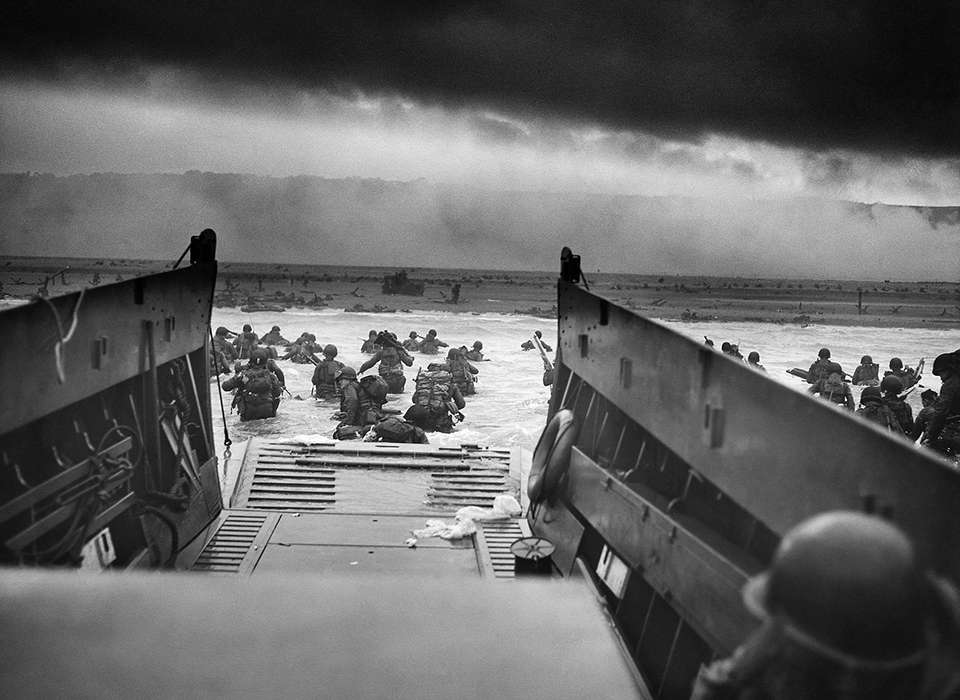
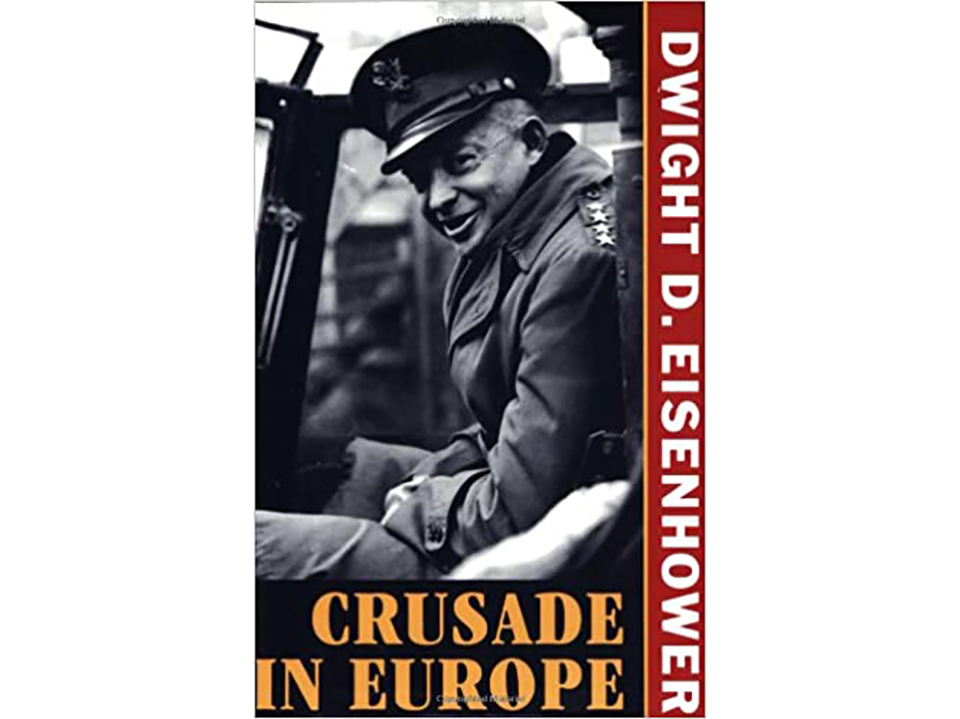
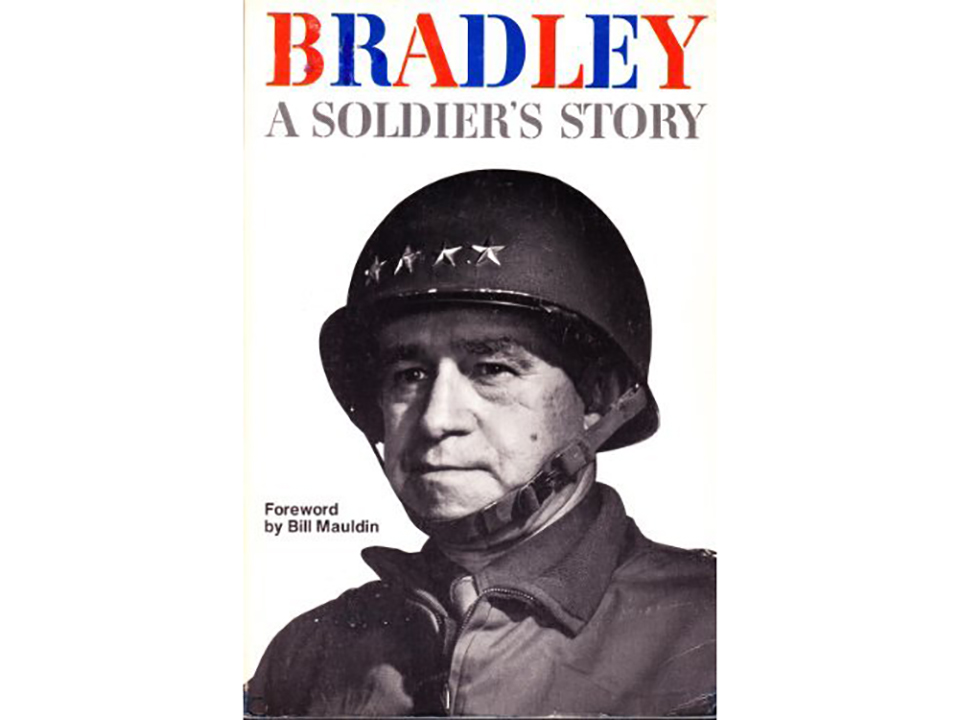
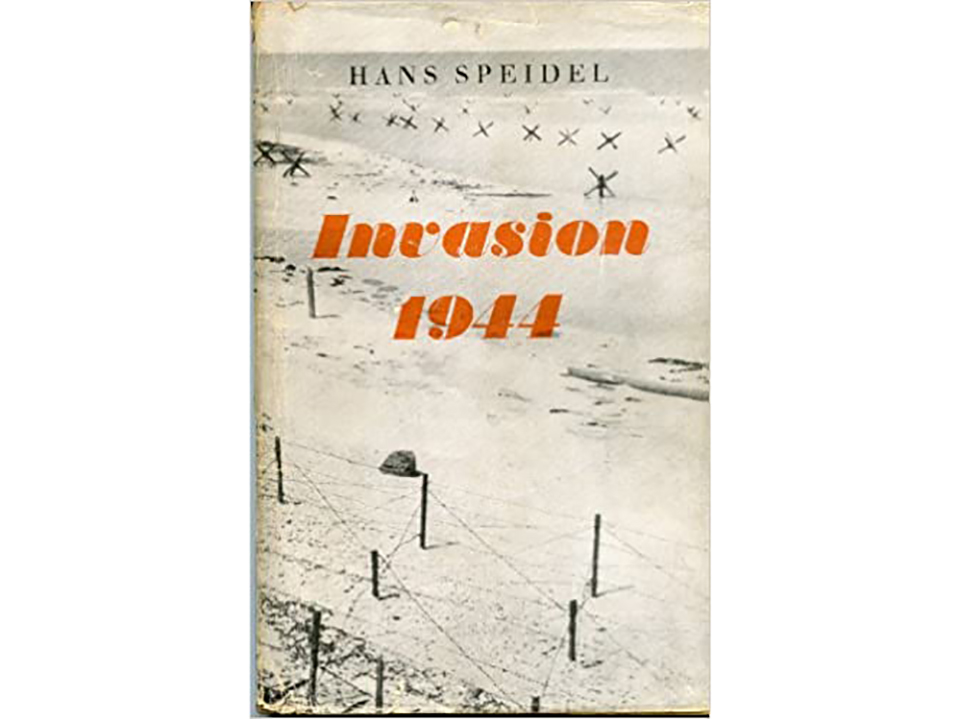
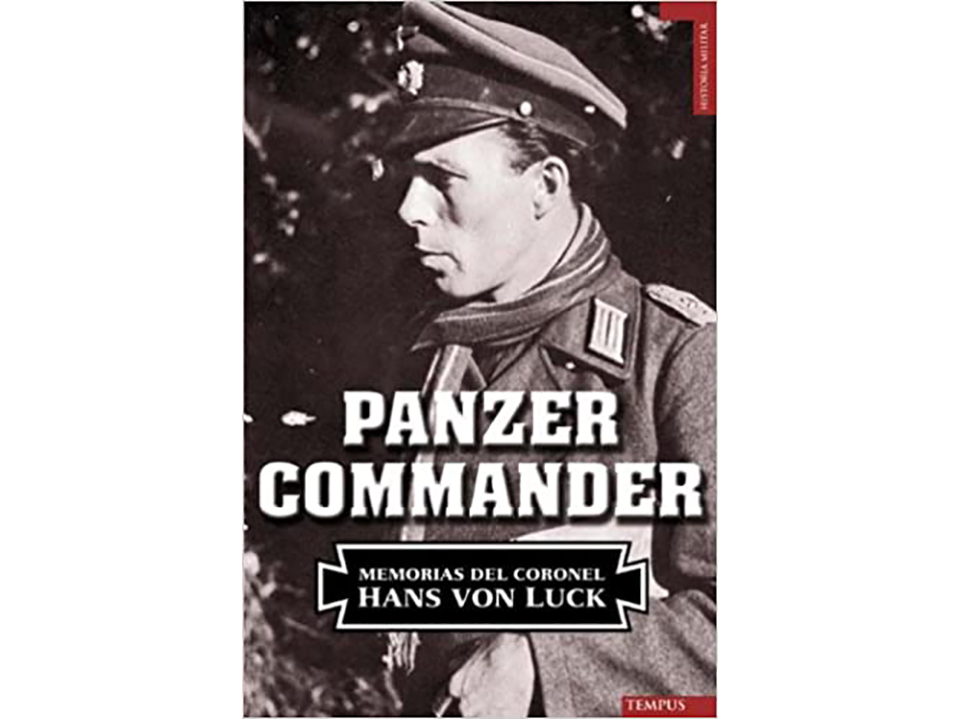
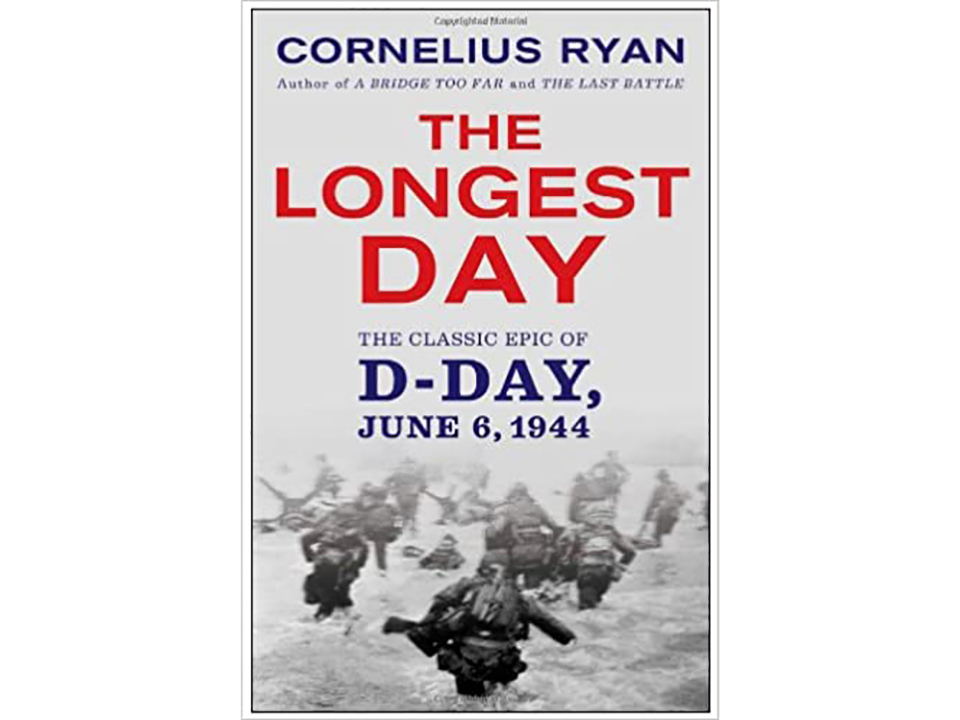
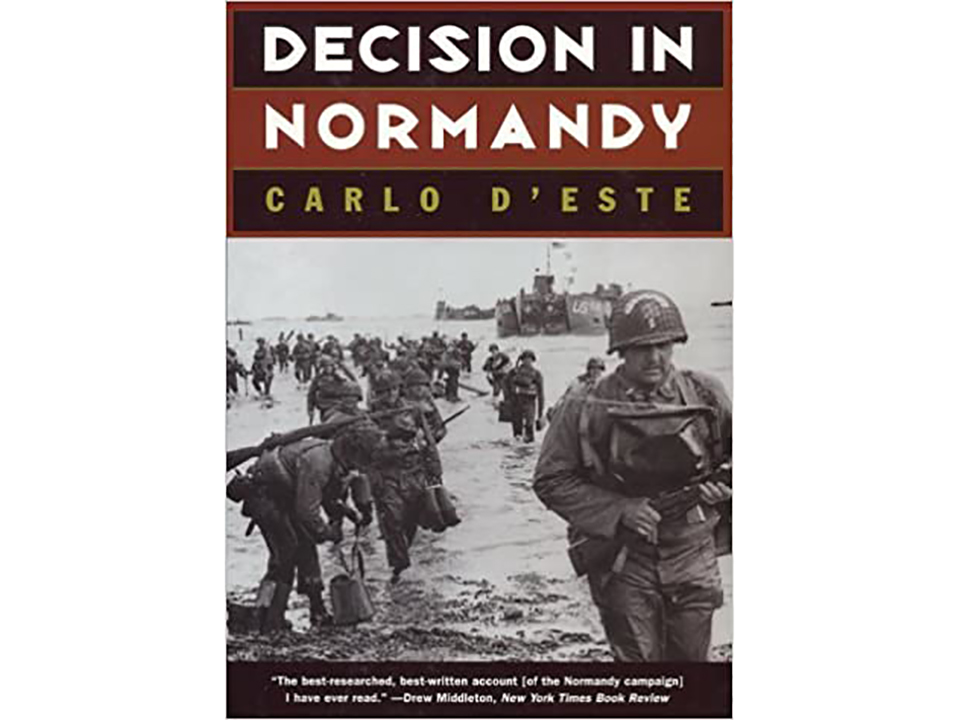
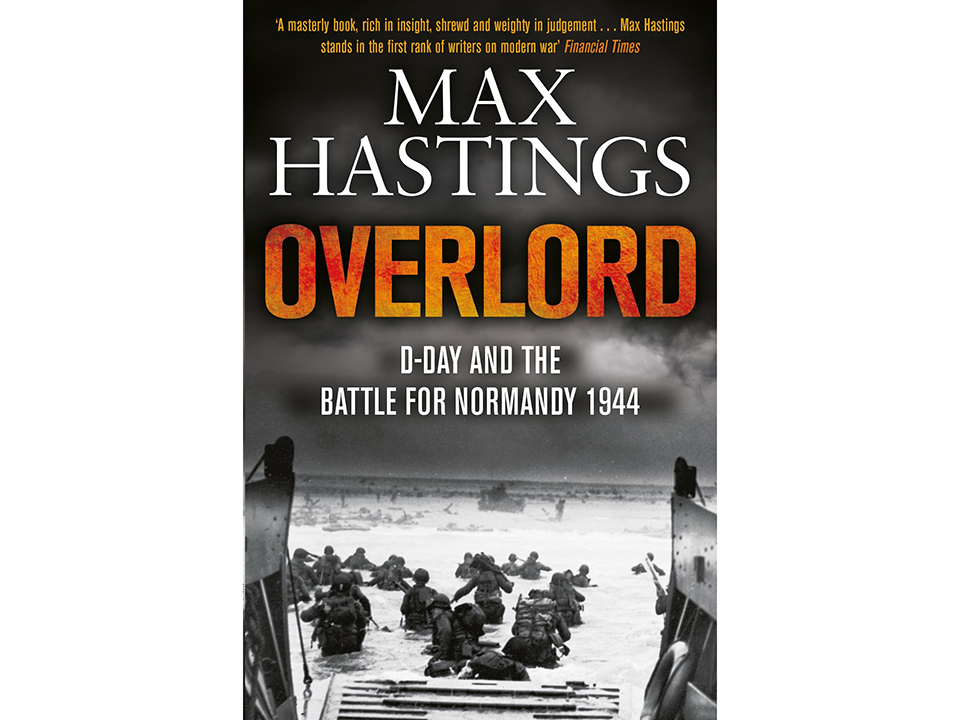
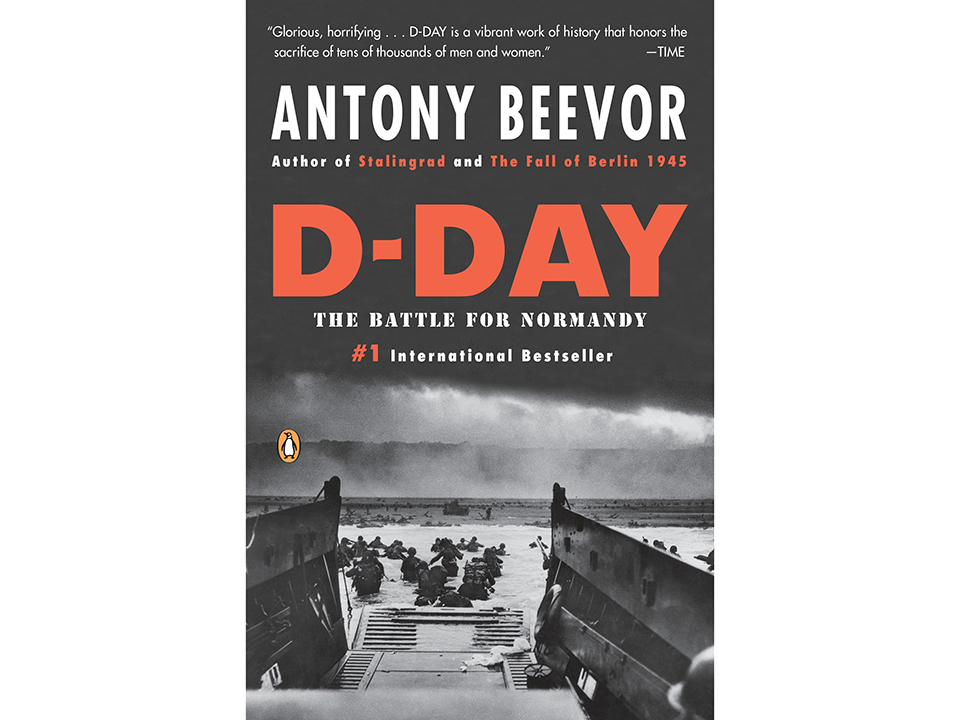
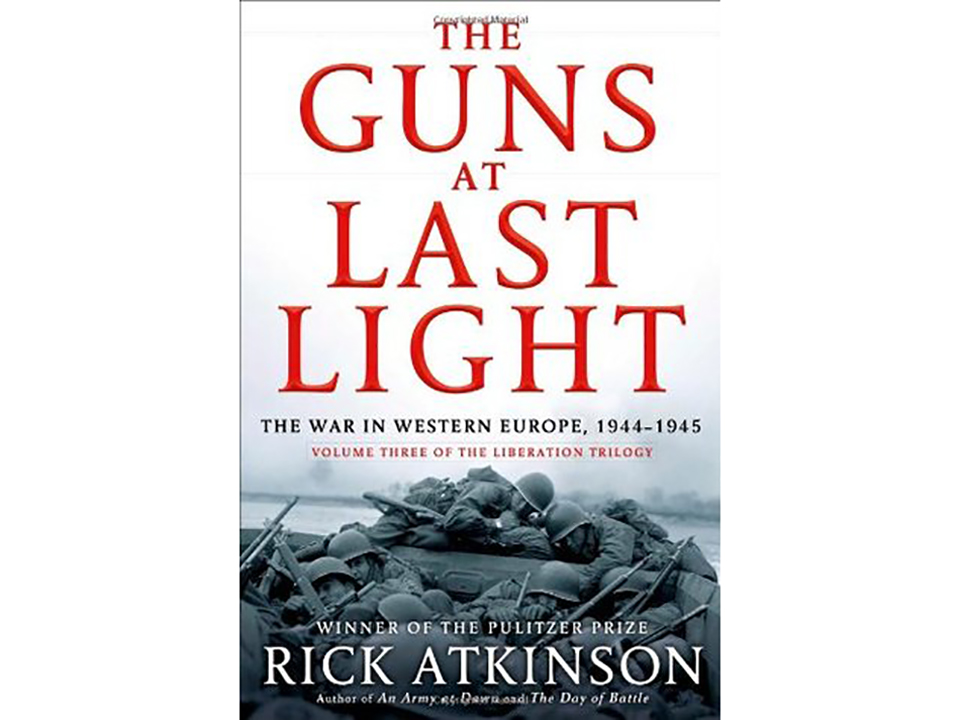
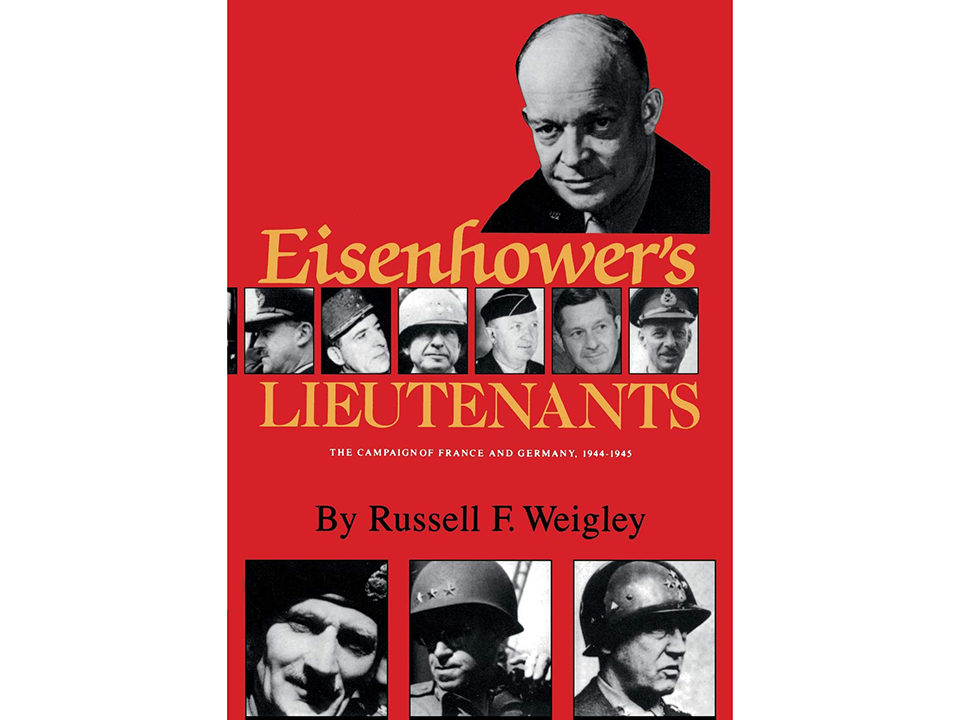




![Max Fuchs, New York City cantor, sings as Rabbi Sydney [sic] Lefkowitz, Richmond, VA, conducts the first Jewish services from Germany.](/sites/default/files/styles/max_650x650/public/2025-10/image1.jpg)



